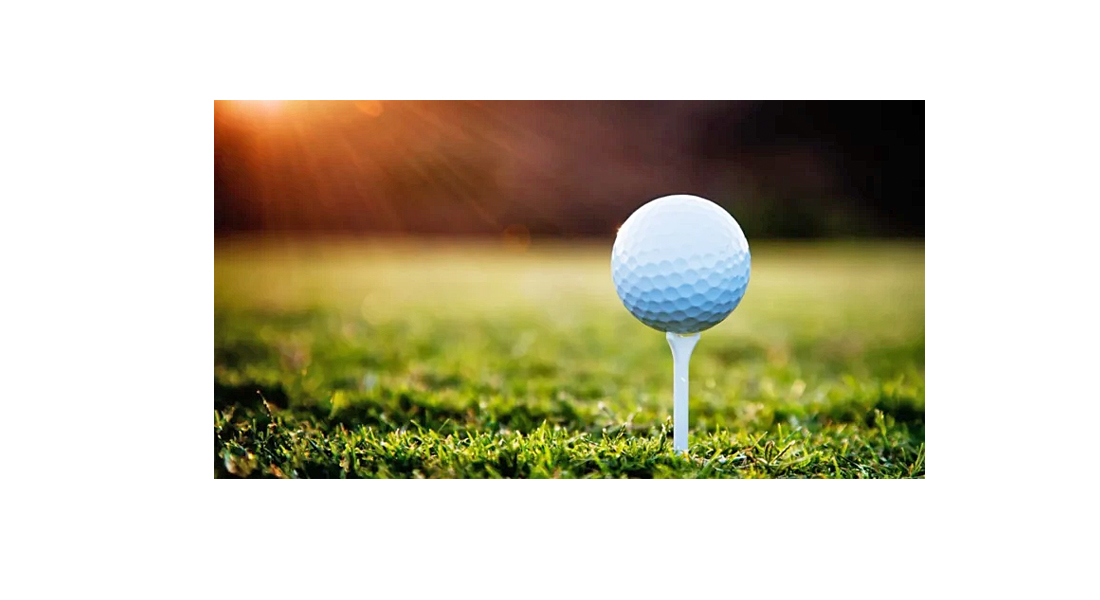 The arbiters of golf rules, the United States Golf Association and the Royal and Ancient of St. Andrews, could recently have been renamed the Grinch.
The arbiters of golf rules, the United States Golf Association and the Royal and Ancient of St. Andrews, could recently have been renamed the Grinch.
A little more than two weeks before Christmas they announced the distance the golf balls you, me and the professionals on the PGA Tour hit go too far. Their solution is to roll back the allowable ball performance to roughly what it was 20 years ago with the restriction taking effect in 2028.
A simple case where the Rules of Golf will face into the future by zooming into the past but like it or not, we can get over the negativity and move on.
Their logic says for the past two decades the driving distance of elite players has increased steadily and should it continue, in another 20 years the game will be in trouble. Ergo, the problem is the ball, and the solution is to tell manufacturers the only ball that will be permitted is one that flies less distance.
In the case of PGA Tour-types it is reportedly around 5% less or 12-15 yards and for recreational players maybe 5 yards.
The most obvious factor though, and many would consider this a major flaw, restricting ball performance does not address driver technology improvements, golf course conditioning nor physical conditioning and training of elite golfers. Is there going to be a distance problem 20 years of the future?
Has the whole problem been made into a tin can and merely kicked down the road?
The good news is the USGA by pushing the implementation date four years out may have avoided lawsuits from ball makers plus it looks like the Rules will not be split between us and them, i.e., recreational players and elite players. We can be thankful for both “gifts” but they aren’t enough in my mind to compensate for stealing Christmas by fixing a problem that doesn’t exist.
Golf is in such a good place right now. It’s fun and growing and attracting more attention so it doesn’t make sense to pour vinegar in the eggnog by creating another controversy plainly against the desires of the overwhelming number of golfers.
The heart of the USGA’s argument is the ball goes farther when hit by pros and therefore courses must be built longer to accommodate them. However, since most courses don’t hold professional events, worrying about extra length is a smoke screen. Only a tiny percentage of courses ever hold a PGA Tour event, much less a major championship.
The biggest factor accounting for the length being added to courses is most likely a reflection of the course owner’s ego…my course is longer than your course. Think about that the next time you hear a statement from the USGA justifying disruption of our game.
This ball rollback is just the beginning since the amount of titanium and carbon fiber clubface rebound at impact has continued to improve. The USGA/R&A has all but admitted in their view the driver is a problem of added distance and needs to be fixed so that’s likely on their agenda as well.
Of course, everyone knows course setup and player physical conditioning are huge factors in how far we hit the ball, but they are not on the table for now. Ignoring those two parts of the situation is another logic-defying aspect of the USGA/R&A’s position.
Recreational player surveys have said they are overwhelmingly against this restriction as have the PGA Tour, the PGA of America, and ball manufacturers, but the powers decided they knew better saying it is “for the good of the game.” The entire process was further flawed by the USGA/R&A having already made up their collective mind before solicitation of outside input and a formal comment period from “stakeholders.” Some observers see this as strikingly disingenuous. Mike Davis, USGA CEO until retirement two years ago said many times, he was going to affect a curtailment of golf ball distance if it was the last thing he did. Current CEO Michael Whan has also been vocal about ball distances and presumably this opinion was an important part of him getting the job after Davis.
The pandemic may have gotten in the way, but now they are getting their wish.
Least you think this rant is really whining, it is in part both and something that has been reflected in this writer’s columns for a long time. However, we’re all big boys and girls so even though the decision is faulty and went against our reasoning—just like other tough things we’ll get over it.
It’s too bad the decision to roll back the ball was evidently made years ago, and the Grinch finally got around to telling us just in time for the Holidays.
